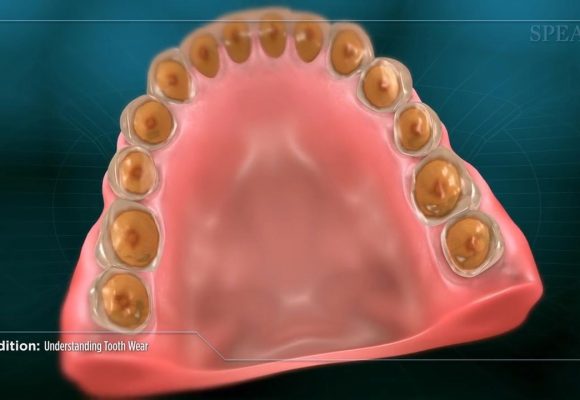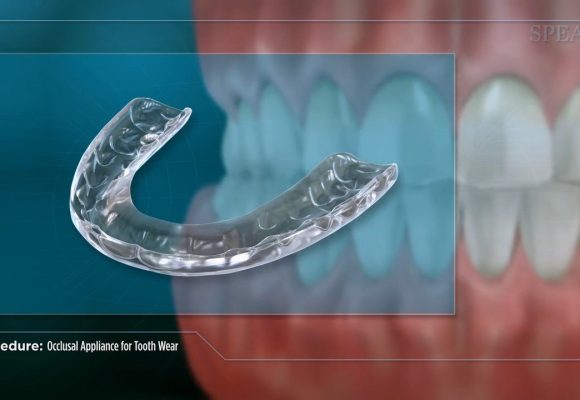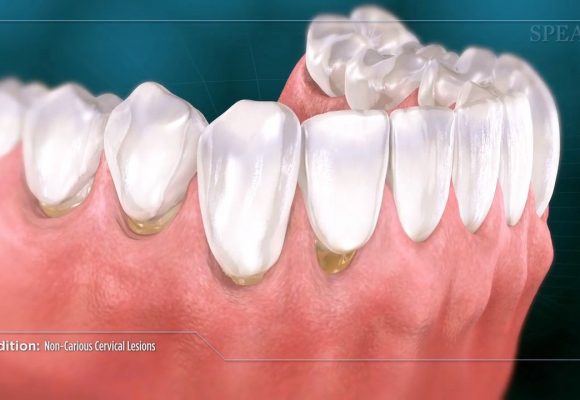Bruxism is a condition where a patient grinds, gnashes, and/or clenches their teeth. It is typically an unconscious behavior, and can occur both while awake and sleeping. Common symptoms of bruxism include worn tooth structure and flattening of the teeth, increased tooth sensitivity, jaw soreness, tenderness of the facial muscles, and dull headaches. The grinding may be loud enough that it can be heard by others, especially if it occurs when you are asleep. Bruxism is commonly associated with airway disturbances, like sleep apnea, and gastric reflux.
The constant force of opposing teeth rubbing and grinding against each other causes the hard enamel outer layer of the teeth to wear away, exposing the softer inner dentin layer, making the teeth weaker, more sensitive, and could even become prone to decay. In addition, once the softer dentin is exposed the pace of the wear will accelerate dramatically. Bruxism can also potentially lead to cracks or fractures in your teeth.
Excessive tooth wear causes many oral health complications, including unattractive and irregular tooth levels, uncoordinated chewing movements, jagged and sharp tooth edges, tooth pain, and eventual loss of the teeth altogether. There are preventative and corrective treatment options for patients showing signs of bruxism. Treatment will vary based on the underlying cause, the severity of behavior, and the extent of tooth damage, making it critical to work closely with your dentist to proactively treat the issue before more damage occurs.
Copyright © 2018 Spear Education. All rights reserved.
Related Articles

Understanding Tooth Wear
Tooth wear is a dental condition where the surface and structure of teeth are progressively…
Read more
Occlusal Appliance for Tooth Wear
For clients experiencing tooth wear due to nighttime grinding and jaw clenching, your dentist may…
Read more
Non-Carious Cervical Lesions
Non-carious Cervical Lesions describes a condition where tooth structure is lost below the gumline due…
Read more